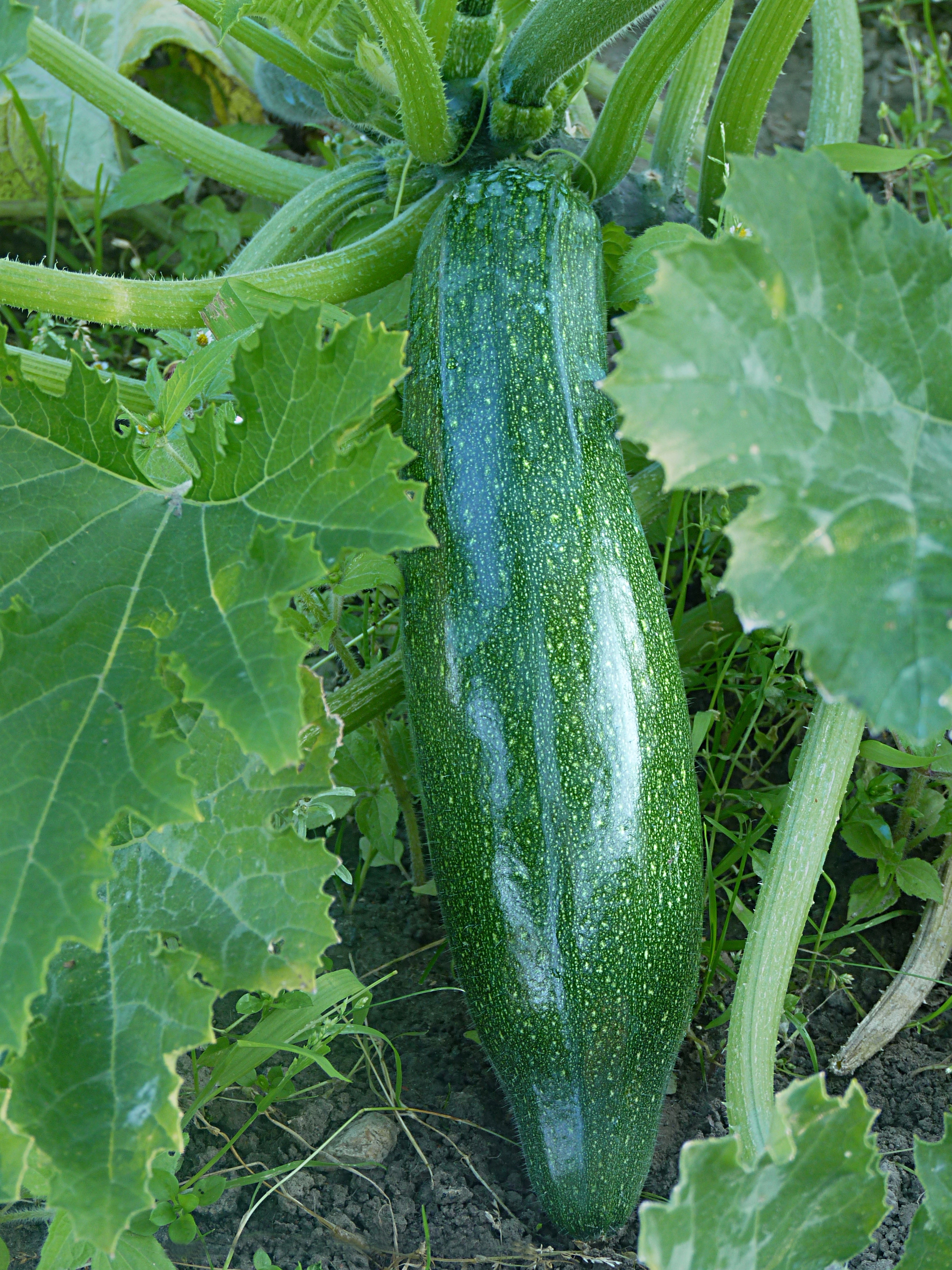
Features
Production
Research
Tackling produce safety with oregano, eucalyptus oil
December 15, 2015 By Investigación y Desarrollo

December 15, 2015 – Researchers at the National University of Mexico (UNAM) have demonstrated the anti-fungal invitro activity of the essential oil of oregano and eucalyptus in a vapor phase, which have already proven effective in controlling fungi that cause diseases in fruits and vegetables.
So far, they have controlled the fungus Botrytis cinerea, Fusarium sp. and Colletotrichum sp., which cause diseases in strawberry, raspberry, mango, papaya, tomatoes and zucchini, among others, as well as causing up to 45 per cent of economic losses.
Dr. Andrea Trejo, head of research, explains that the eucalyptus has already been tested against fungi from the raspberry, and oregano has been evaluated in papaya, cucumber, squash, mango and tomato, the results for both have been optimal.
Another proposal of the research, conducted at the Laboratory of Postharvest Plant Products, is to design a model of active packaging that incorporates the antifungal compound in bioactive compounds on fruits and vegetables to keep them fresh for as long as possible.
The active package developed by the university allows the controlled release of antifungal agents contained in essential oils to control disease causing fungi during storage of fruits and vegetables.
“From the encapsulation of these compounds we are looking to have a controlled release to avoid the presence of microorganisms in the fruits and vegetables,” says Dr. Trejo. ”However, it will only be effective if attacked by the fungus the essential oils work against.”
The specialist ensures that active packaging technology can provide safe food and extend its life. The incorporation of certain additives to the packaging material maintains its quality, safety and sensory properties without directly adding active agents in the product.
“The idea is that the packaging materials incorporate the antimicrobial agent as an additional protective barrier. It is a method of preservation, which extends its life and reduces the risk of transmitting pathogens to food.”
Currently, researchers are in the process of evaluating applications for different plant products and observing the sensory part. Despite the bioactive compounds not being in direct contact with the product, they are volatile and could affect the flavour. They are also preparing the patent and its technology transference.
Print this page